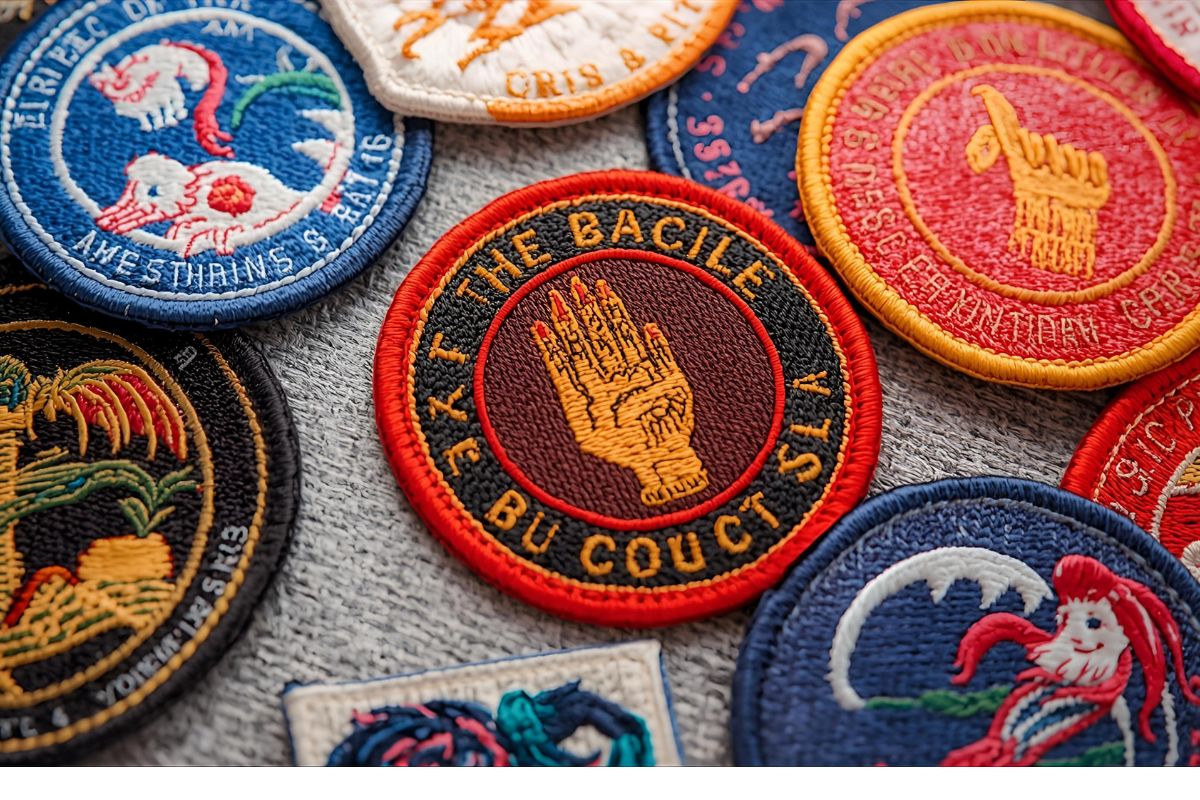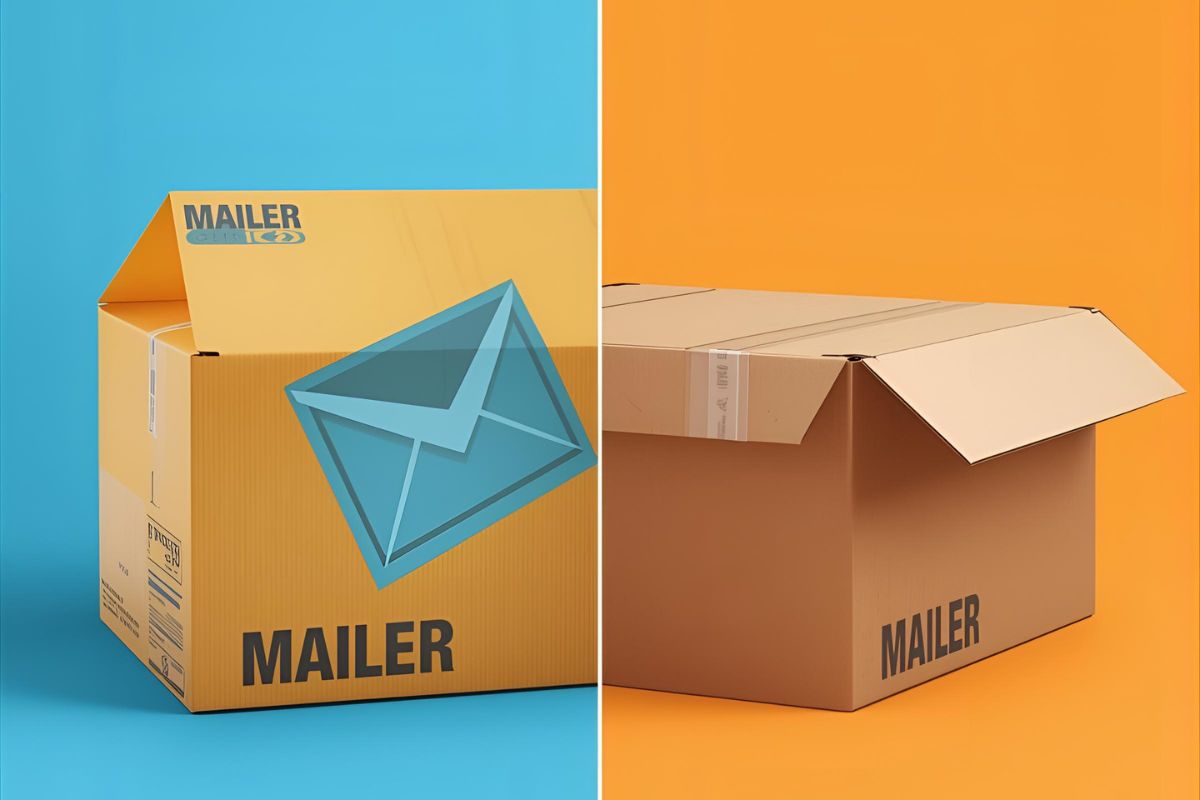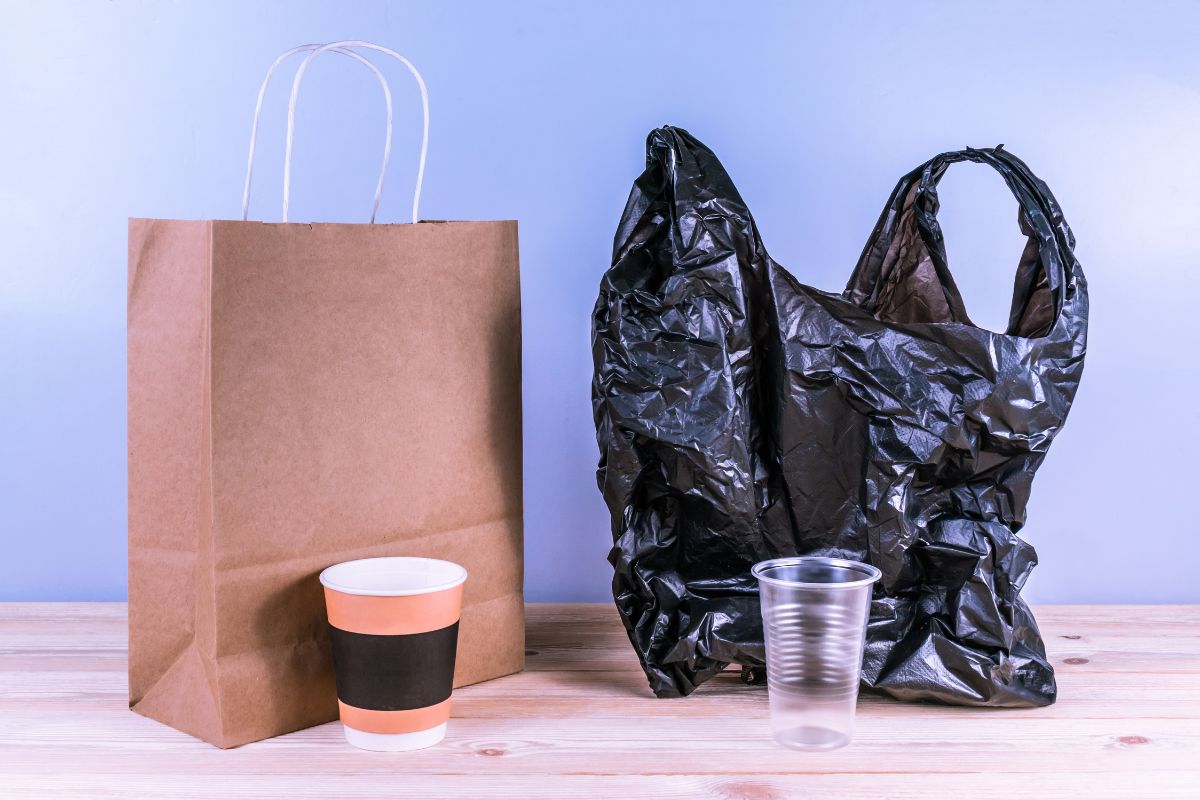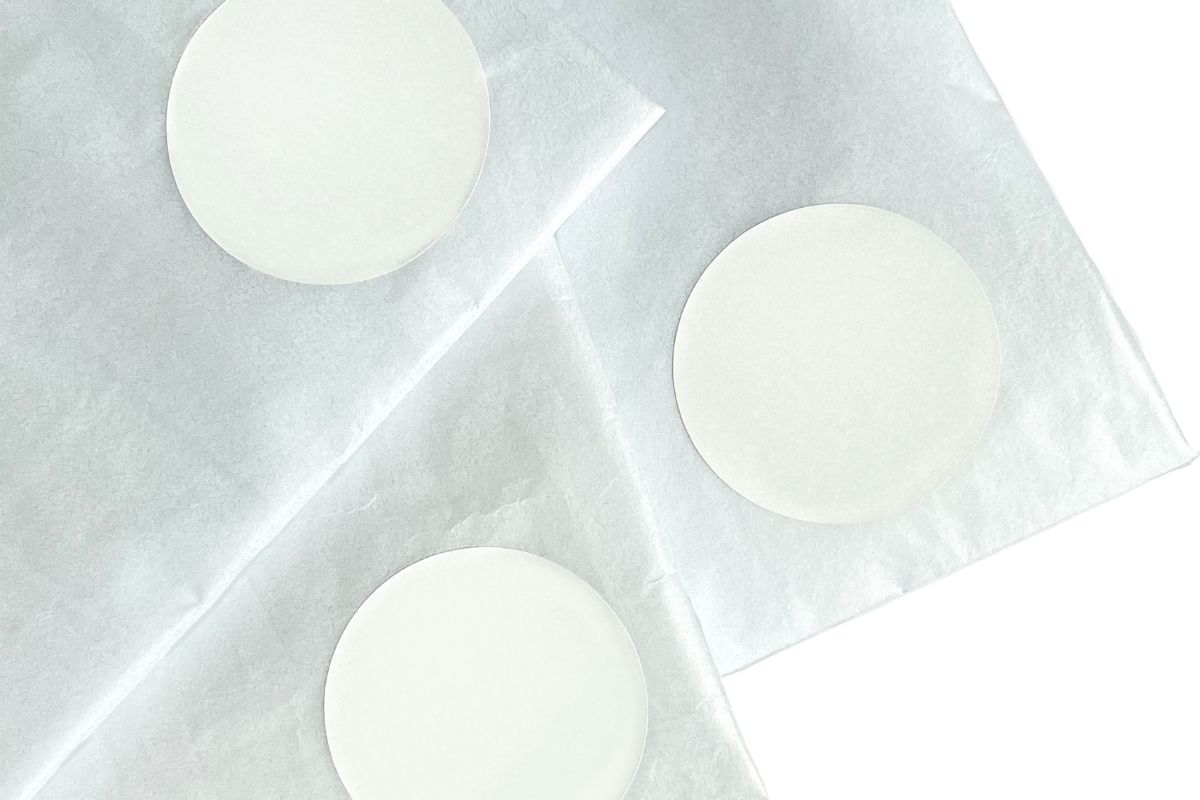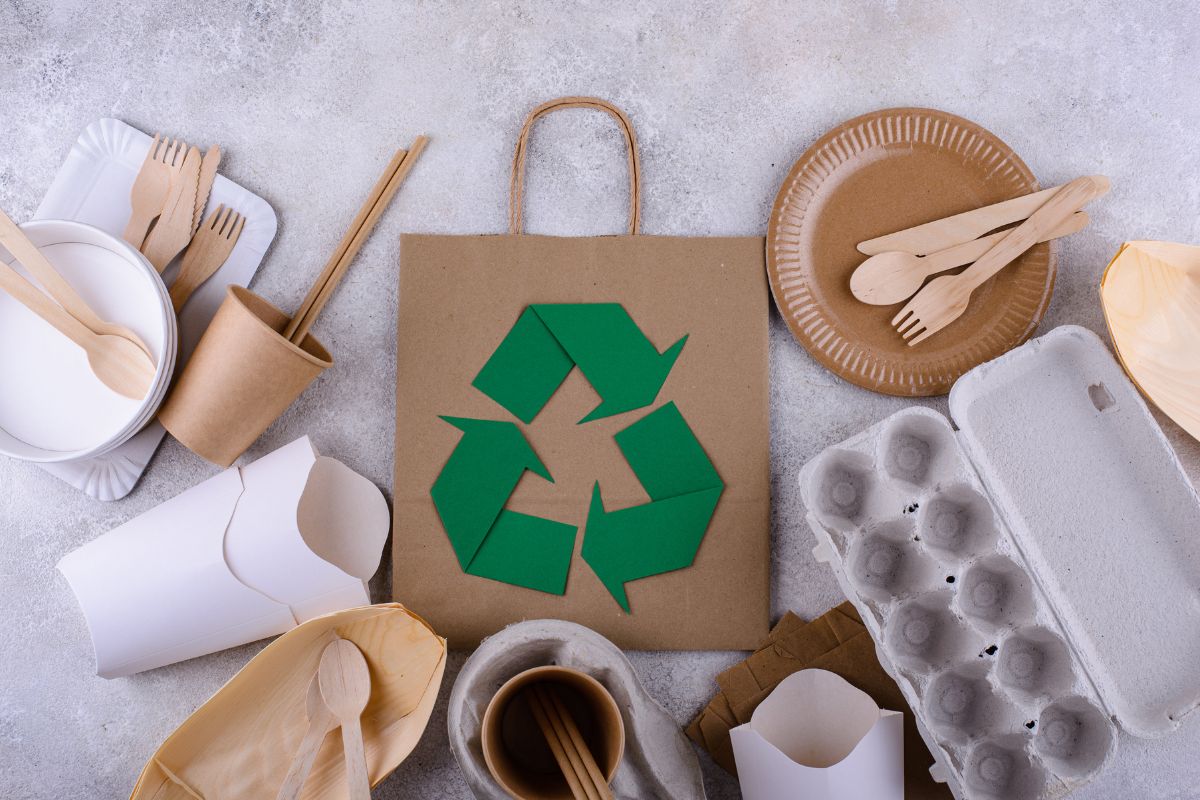You’re staring at your design and stuck on the big question: woven vs embroidered patch — which do you use? They both look wonderful, but they’re not the same, and you need to know about that difference more than you might guess.
The patch market itself is doing well — embroidered patches and badges were worth $1.27 billion in 2024 and will reach $1.87 billion by 2033. Woven patches, though a smaller market, are also picking up with a consistent 5% increase in growth. That means brands, designers, and even fashion brands are investing big bucks into both.
But here’s the catch: your choice isn’t solely about keeping up with current market trends. It’s about pairing the appropriate style with your project. Do you need bold texture that really stands out, or delicate detail that reads modern and sleek? Here in this blog, we’re going to dissect how woven and embroidered patches differ from each other, some practical applications, and how to select the ideal one for your requirements.
What is an Embroidered Patch?
Embroidered patches are created by stitching heavier embroidery threads onto a backing fabric (usually twill or felt). The stitches lie on top of the foundation fabric, creating a raised, textured appearance. That texture is part of the appeal – it’s tactile, timeless, and resilient, which is why embroidered patches remain the choice for uniforms, outdoor equipment, clubs, and retro-style fashion.
Key traits of embroidered patches
- Textured / raised surface – great for bold graphics and strong outlines.
- Durable – they stand up well to wear and weather.
- Best for simple designs – bold lettering, large logos, or icons shine here; tiny type and fine gradients do not.
- Traditional look – works perfectly for heritage branding and uniform insignia.
What is a Woven Patch?
Woven patches are created by weaving extremely fine threads together to form the image itself — they’re essentially a miniature fabric print, but of thread. The surface is flat and smooth, so woven patches pick up significantly more detail than embroidery. They’re lighter in feel and more flexible, making them perfect for hats, polo shirts, or anything where you need precision without adding bulk.
Key traits of woven patches
- Flat, high-definition detail – perfect for small text, photo-like logos, and intricate art.
- Lightweight & flexible – great for delicate fabrics or tight seams.
- Modern, clean finish – often used for branding where clarity matters.
- Cost-effective for detail – you can get sharper visuals for less thread and time.
The Key Differences That Actually Matter
So what’s the real difference between woven and embroidered patches? Let us break it down in terms that actually impact your decision:
Texture and Visual Impact
Embroidered patches provide you with that timeless, three-dimensional appearance with raised stitching that forms organic shadows and depth. They’re ideal when you desire your patch to be the center of attention. Woven patches, on the contrary, lie flat and even, providing a sleeker, more contemporary appearance that blends seamlessly into your clothing.
Detail Capability
If your design will feature fine lines, tiny text, or detailed elements, woven patches are the way to go. The close-weaving technique can pick up details that would become a blurry mess with embroidery. However, if you’re aiming for simple, bold designs with big lines and blocky text, embroidered patches will provide more visual punch.
Durability and Applications
Embroidered patches are workhorses. That dense thread makeup means they can withstand heavy wear and tear, so they’re perfect for uniforms, work shirts, and outdoorsy gear. Woven patches, while durable, are more suitable for fashion use, corporate branding, and where a finish is more important than is necessity to be bulletproof durable.
Cost Considerations
Embroidered patches are usually more expensive since they take more thread and are longer to manufacture. Embroidery involves making separate stitches, which means there is cumulative production time and material cost involved.
Woven patches are generally more budget-friendly since they require less thread overall and can be produced more efficiently. However, the final cost for both depends on factors like size, number of colors, and backing options.
Making the Right Choice for Your Project
Select embroidered patches when you desire the timeless, tactile appearance that demands to be noticed. They’re ideal for retro-style designs, team uniforms, or any use where strength is paramount. The relief texture provides an upscale, handmade look that consumers can actually touch.
Go for woven patches if your design features intricate details, tiny text, or intricate logos. They are great for cutting-edge branding uses, light fabrics, or when you desire that chic, professional look. The glossy finish and exact detail replica make them ideal for today’s designs.
Still torn between the two? Consider your budget, timeline, and primary use case.
How they’re made
Embroidered patches: design digitized → embroidery machine stitches thread onto backing → patches cut → backing (iron-on, sew-on, Velcro) applied → finished.
Woven patches: design digitized → weaving machine interlaces fine threads to form the image → patches cut → backing added → finished.
Both processes are subject to quality control and finishing possibilities; the most significant variation is that weaving builds the picture in-thread (higher resolution), whereas embroidery sews on top of a fabric base (textured relief).
The Technology Factor
Manufacturing technology is changing fast in both divisions. Highly advanced embroidery machines can now produce more complicated designs than ever, while digital weaving technology is bringing highly detailed woven patches within affordable price tags.
The inclusion of environmentally friendly practices is noteworthy in particular. Producers are increasingly employing organic threads, natural colours, and biodegradable backing materials to cater to increasing environmental issues. The trend is presenting new opportunities for brands that seek to align patch options with sustainability objectives.
Future Considerations
The patch market isn’t letting up anytime soon. With the world market for embroidered patches and badges set to expand at more than 10% per year in certain segments, and the woven patch market experiencing steady growth, there’s never a more optimal time to invest in durable patch solutions.
Innovation keeps both categories moving. We’re developing materials, production methods, and even technology-enabled smart patches. The trick is being aware of these trends but then focusing on what best suits your particular application.
Partner with Elements Branding for Your Perfect Patch Solution
The decision between woven vs embroidered patches is really about what matters to you: textured feel and longevity, or high-resolution image and pliability. Both designs have their own successful histories in fashion and branding, and both can be made sustainably if you have the right partner.
The key is finding a supplier who recognizes the distinction between embroidered and woven patches and is able to lead you to the best solution for your particular purposes. Don’t accept generic suggestions. Your brand should have an ally that takes time to listen to your vision.
Ready to make the best decision? Try experimenting with both alternatives with your actual product and intended use. At Elements Branding Solutions, we assist brands with these choices through insider advice and sample programs that allow you to experience the difference before you decide. Occasionally, there really is no replacement for feeling the product in your hands.
FAQ
1. Which is cheaper: woven or embroidered patches?
For highly detailed designs, woven patches often give better value for money. Embroidery can cost more for dense, thread-heavy designs.
2. Can woven patches be used on hats and caps?
Yes — woven patches are especially popular for caps because they’re thin, flexible, and sit neatly against curved surfaces.
3. How do I choose between a woven vs embroidered patch for brand merchandise?
Consider the level of detail in your logo, the garment type, durability needs, and your budget. Order samples of both to compare.
4. What is the main difference between woven and embroidered patches?
The main distinction is in their construction and look. Embroidered patches consist of dense threads sewn onto a backing fabric with a raised, textured face. Woven patches are constructed by weaving thin threads tightly together, which produces a flat, smooth finish that can pick up detailed information that embroidery fails to reproduce.
5. Which patch type is better for detailed logos and small text?
Woven patches are better suited for intricate designs and tiny text as they employ thin, densely woven strings that can replicate fine lines and complex details. Embroidered patches are best suited with big, bold designs, as heavy embroidery thread might obscure tiny details or render them illegible.
6. How fast is the patch market growing globally?
The international embroidered badges and patches industry was worth $1.27 billion in 2024 and is expected to reach $1.87 billion by 2033 at a 4.44% CAGR. The market for woven patches, while smaller in size, enjoys consistent growth of around 5% per annum based on customization trends and growth in the e-commerce sector.

